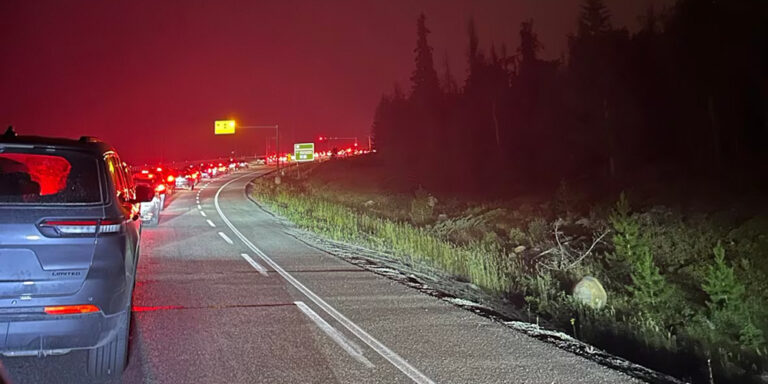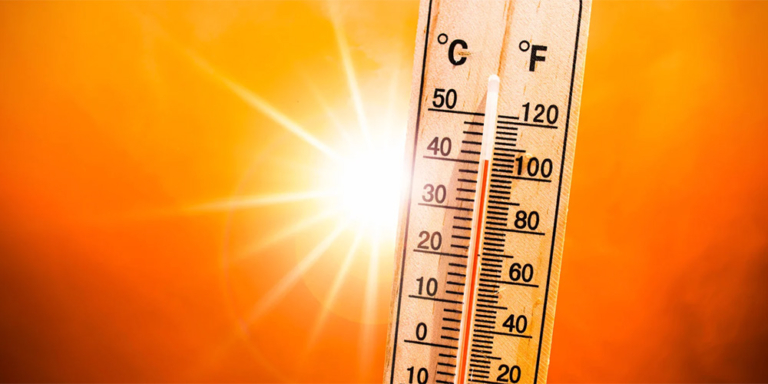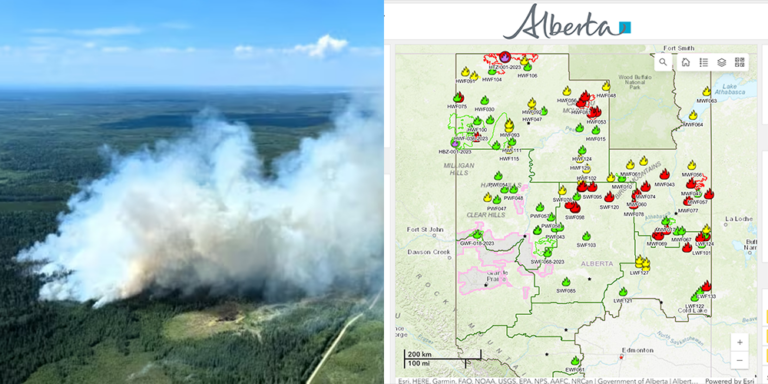Last year, Alberta struggled to battle 1,088 wildfires that burned 2.2 million hectares, almost doubling the previous record set in 1981, when 1.3 million hectares burned.
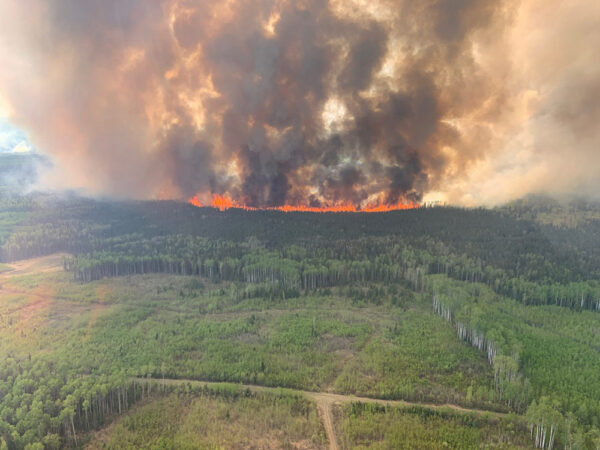
Two million hectares is more than three times larger than Prince Edward Island. Thirty-eight thousand people were displaced between the start of March and the end of October, and many lost their homes.
All indicators suggest another epic wildfire season this summer, with 70 wildfires already burning as of April 24.
In 2023, dry conditions, lightning, high temperatures, and a lack of rain turned Alberta into a matchbox. However, blazing wildfires and extreme weather weren’t the only challenges firefighters faced.
Firefighters also battled the blazes overnight, which wasn’t really a thing in the past.
Once upon a time, nighttime meant calmer fire conditions due to lower wind speeds, increased humidity, and lower temperatures, according to James Brolund, Fire Chief for West Kelowna, British Columbia.
“That’s what they taught us in fire school like 25 years ago. But that is not what happens now,” Brolund told the Vancouver Sun.
Last year, the intensity of wildfires forced firefighters to battle blazes around the clock.
“We saw our fiercest fire behaviour taking place well after dark, in the early morning hours. That’s when we had the worst battles,” said Brolund.
A surplus of dry fuel, warm overnight temperatures, low humidity, and strong winds contributed to more intense fires overnight. Crews had to battle fires all night, resulting in extreme burnout for fire crews.
An Unpredictable Threat
Firefighters rely on fire growth models to predict how a wildfire will behave. These models simulate how a fire will spread, allowing firefighters to prepare accordingly.
While fire growth models excel during the day, they don’t accurately predict fire behaviour at night.
Simulations are essential because they enable firefighters to rally resources to contain fires before they spread. If simulations are wrong, then firefighters can find themselves in dangerous situations.
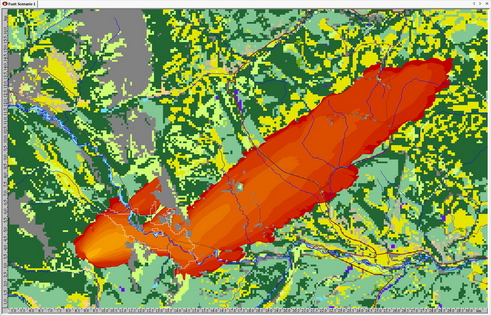

Fighting fires at night is also dangerous for obvious reasons.
The darkness decreases visibility, which limits the amount of information firefighters can collect about a fire.
Reduced vision also makes it difficult to operate heavy equipment and limits air support. Warning the public of a wildfire when most people are asleep is also challenging.
Brolund says fighting wildfires at night is a nightmare scenario.
Todd Loewen, the Minister of Forestry and Lands, experienced this nightmare firsthand.“I had the chance to go out at four o’clock on multiple mornings in a row to multiple different fires and see them firsthand,” Loewen told Cochrane Eagle.
Loewen says fighting fires overnight can be effective but understands it is dangerous. However, he believes firefighters can use technology to increase safety.
“…but with the technology we have now, like towing in light plants and bringing in water with all-terrain vehicles, we can have a full-fledged firefighting team working at night,” he said.
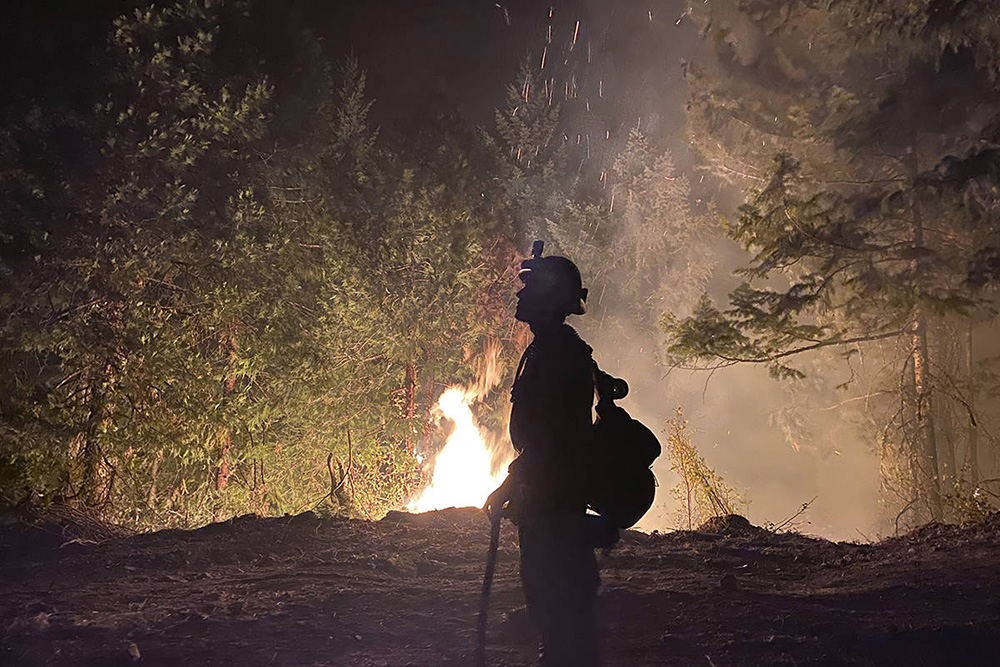

How To Use Technology To Battle Wildfires
Loewen suggests using advanced technology to provide support like night vision and thermal imaging.
IN-FLIGHT Data Group, an Okotoks-based drone company, is already using drones to help battle wildfires.
Drones designed for fighting wildfires use thermal imaging to map, monitor, and evaluate wildfires overnight, which allows the province to prepare resources the following morning.
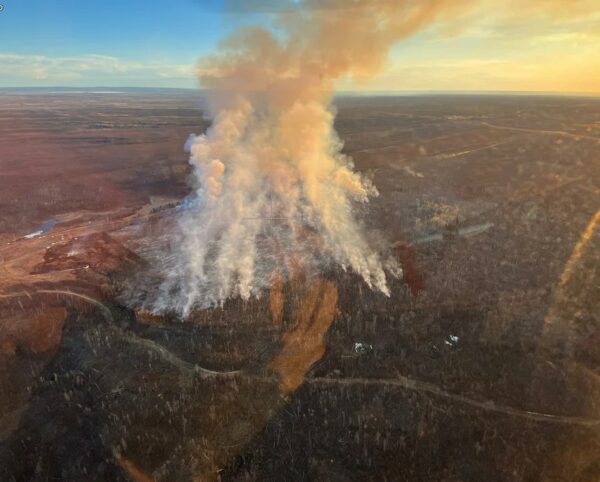

Wildfires are now a year-round concern, and fire bans are already spreading province-wide.
Our wildfire season was officially announced ten days earlier than usual this year.
New fires are igniting regularly; for example, an almost 70-hectare fire currently burning in northeastern Alberta, officially named MWF-012, is about 4.5 kilometres east of Saprae Creek Estates in the Regional Municipality of Wood Buffalo.
Four firefighting crews, six helicopters, two air tanker groups, and five heavy equipment groups were battling the fire.
A keystone to their operation was a night visibility machine, a helicopter that could fly at night and carry out firefighting operations.
“The fire seemed to be responding to those operations, so we were happy to see that,” Emily Smith, a Wildfire Information Officer with Alberta Wildfire, told Global News.
Year-round wildfires present new challenges for firefighters, including frozen water sources.
In the past, wildfire season coincided with lake thawing, but now wildfires are starting before thaws begin.
Minister Loewen suggests using water pumps to move water from where ice has melted along the shorelines into large standing bags that helicopters can dip their buckets in to get around this.
But if no water is available, then what?
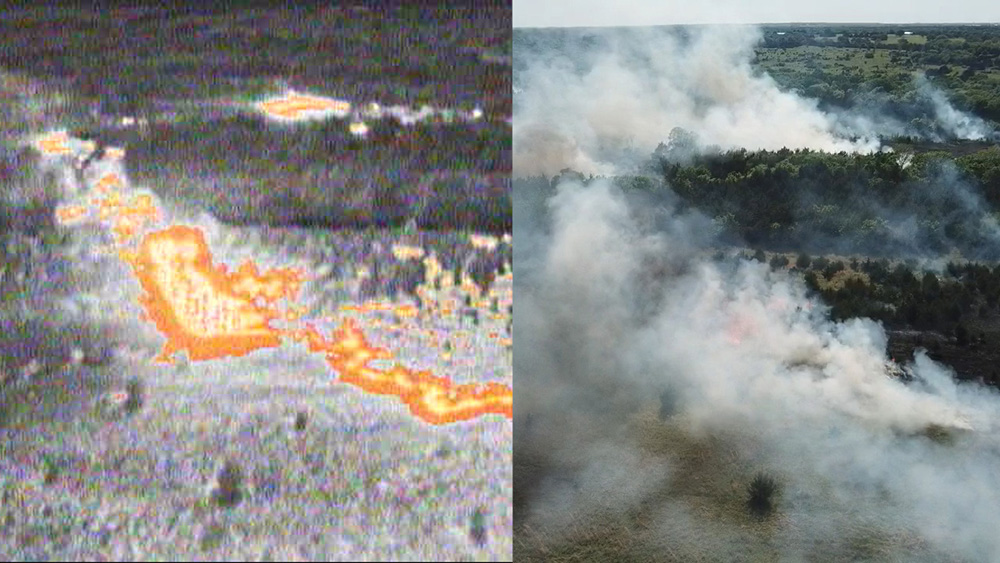

Is Technology a Help Or a Harm?
There are advantages to using technology to fight wildfires, but not everyone agrees.
NDP forestry critic Heather Sweet doesn’t think technology should replace “boots on the ground.”
“Fighting fires at night is high risk due to debris, such as fallen trees and unstable ground, which could be covered up. A drone cannot detect these hazards,” said Sweet.
She claims that the Alberta government is trying to save money at the expense of firefighter safety.
More Money, More Preparedness
However, improvements to the province’s firefighting preparedness are underway. Over three years, $151 million has been earmarked for the Wildfire Management Program.
These funds are meant to improve firefighter preparedness and night operations. Funds will also enhance volunteer support, community response programs, and air tanker support.
The province’s Budget 2024 includes investments in wildfire preparedness, including purchasing firefighting machines and equipment.
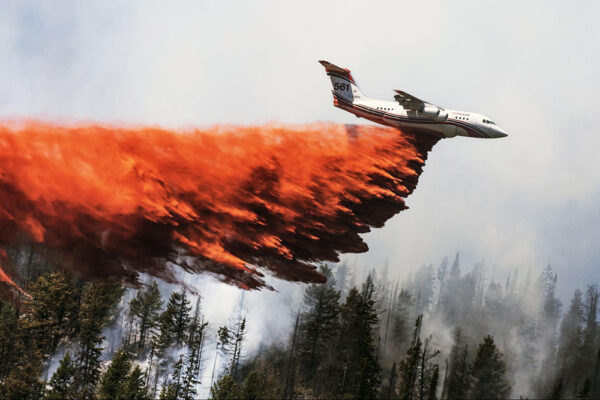

Last fiscal year, the combined costs of drought and wildfire, including agricultural disaster support, reached $2.9 billion.
In response to wildfires consuming nearly three-quarters of a $1.5 billion contingency fund in 2023, the UCP government has increased the fund to $2 billion for the 2024-25 budget.
Additionally, Forestry and Parks Minister Todd Loewen announced that an extra $55 million will be allocated to wildfire management this year, part of a total investment of $151 million over the next three years.
To support firefighters and their operations, $55 million will go toward facilities and equipment.
But is the Alberta government doing enough? Last year, only six fires overwintered, meaning they started in the fall and lasted through the winter. This year, there were 62, meaning ten times more fires spanned the New Year.
While the extra budgeted money is a start, and the extra contingency fund is well-needed, the question becomes whether it will be enough, given that the 2024 wildfire season is predicted to be as bad as the record-breaking 2023 season.
If not for the more than 4,000 firefighters who answered our province’s call for help last year, the damage caused by wildfires could have been much worse.
The Alberta government’s investments and the increasing number of fire departments completing FireSmart assessments indicate that fire preparedness is rising.
For everyone who lost their home, pets, or loved ones during the last wildfire season, the big question on their mind is: will it be enough to prevent a similar disaster this year?
One thing we can all do as individuals is to prepare in advance. Everyone should have an emergency “to-go” kit ready in case of an evacuation notice.



